Sign up for workout ideas, training advice, reviews of the latest gear and more.

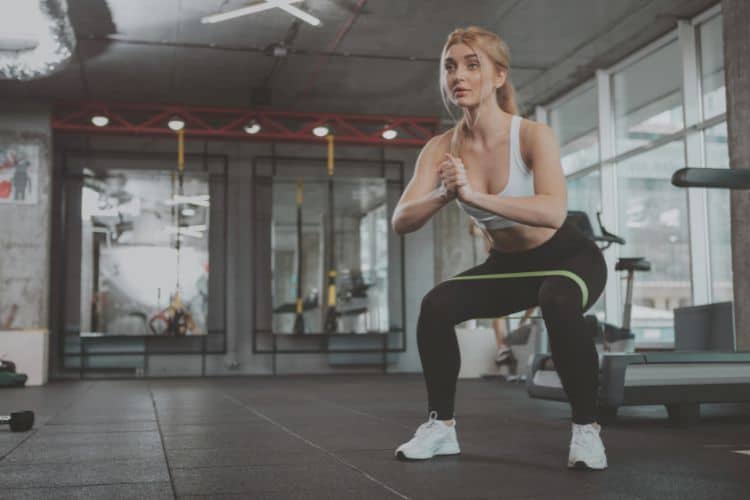
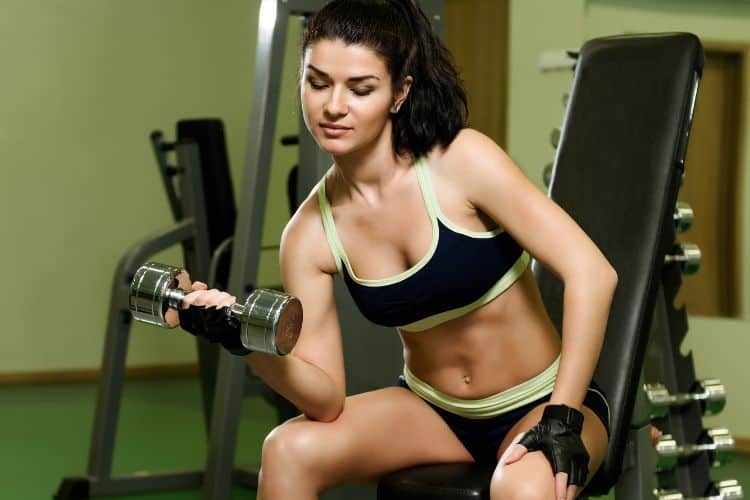
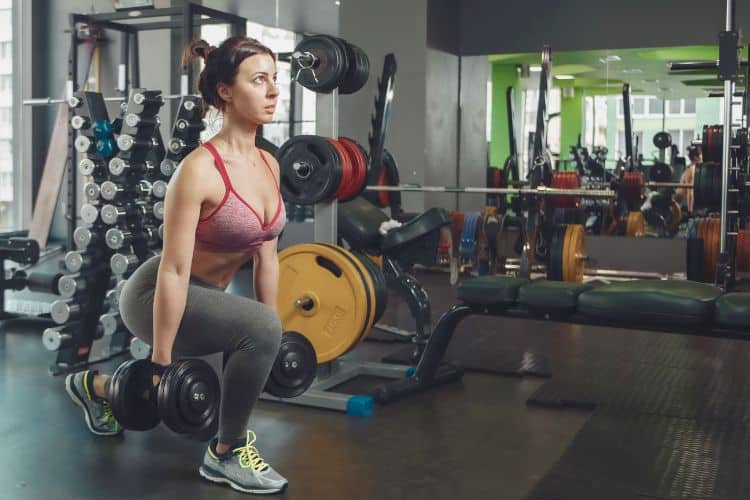
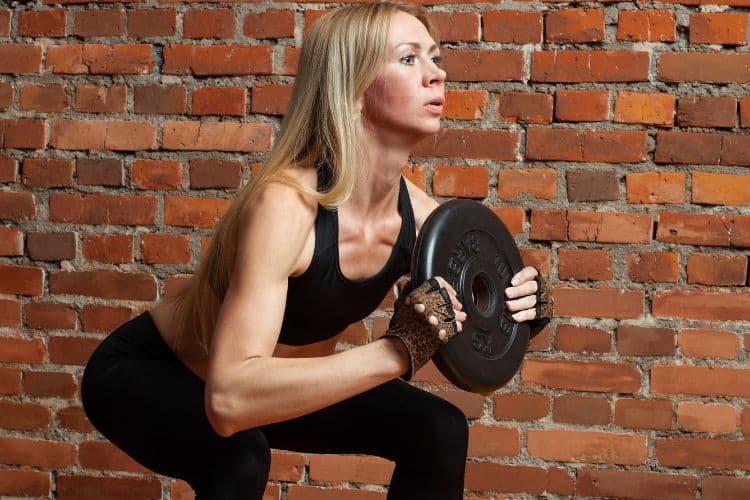
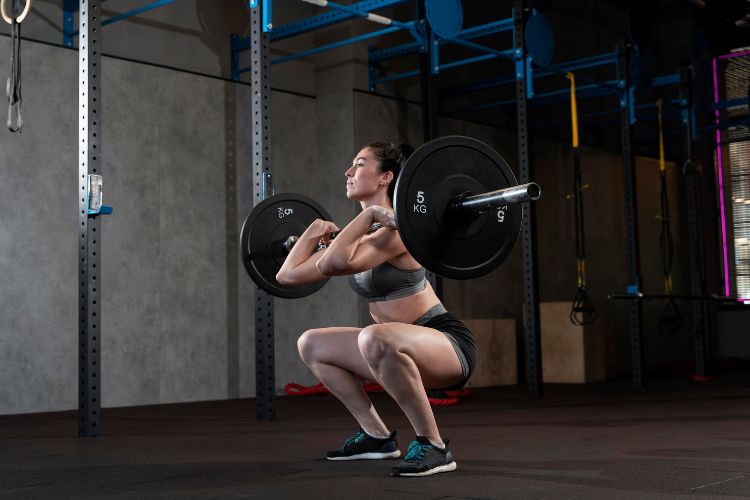
As we age, our bodies undergo numerous changes—slower metabolism, decreased muscle mass, reduced flexibility, and increased risk of injury. But turning 40 doesn’t mean your fitness journey has to slow down. In fact, with the right approach, full-body workouts after 40 can help you stay strong, lean, and energized for decades to come. Whether you’re a beginner or getting back into shape, this guide offers everything you need to know about full-body workouts tailored for men and women over 40.
Full-body workouts hit multiple muscle groups in a single session. This is particularly beneficial for those juggling careers, families, and other responsibilities. A 30–45-minute workout can be all you need to maintain strength, mobility, and cardiovascular health.
After 40, hormone levels such as testosterone and estrogen tend to decline. Resistance training combined with compound movements boosts natural hormone production, supporting metabolism, bone density, and mood regulation.
Everyday movements—lifting groceries, climbing stairs, or playing with your kids—rely on functional strength. Full-body routines improve coordination, core stability, and joint health, helping you move better and reduce injury risk.
A proper warm-up increases blood flow, lubricates joints, and primes muscles. Spend at least 5–10 minutes on light cardio followed by dynamic stretches.
Compound exercises like squats, lunges, push-ups, rows, and deadlifts activate multiple muscles at once, providing a more effective and efficient workout.
Your body’s ability to recover slows as you age. Incorporate at least one full rest day per week and don’t train the same muscle group on back-to-back days.
Choose low-impact alternatives such as resistance bands, kettlebells, bodyweight exercises, and dumbbells to reduce strain on joints and ligaments.
Here’s a balanced weekly plan with three full-body workouts, spaced out to allow proper recovery. Aim for 2–3 sets per exercise, 10–15 reps per set, with 60–90 seconds of rest between sets.
Enhances lower-body strength and joint stability.
Protects shoulders while working chest and triceps.
Improves posture and strengthens the back.
Activates glutes and supports lower back health.
Boosts shoulder strength and upper-body function.
Enhances core control and spinal alignment.
Improves core strength and hip mobility.
Builds upper back muscles with minimal joint stress.
Functional leg strength and balance.
Protects shoulders while training the chest.
Core exercise ideal for spinal health.
Improves mobility in hips, hamstrings, and thoracic spine.
Boosts cardiovascular endurance and posterior chain strength.
Increases heart rate while being joint-friendly.
Builds core and coordination.
A combination of a squat and overhead press for total-body conditioning.
Improves core strength and posture.
Great for lower-body endurance and knee stabilization.
Incorporate flexibility training 2–3 times a week to prevent tight muscles and aid recovery.
Hold each stretch for 20–30 seconds and repeat twice.
If time is limited, this quick workout hits all major muscle groups and gets your heart rate up:
| Exercise | Time/Reps |
|---|---|
| Jump Rope or March in Place | 2 minutes |
| Goblet Squats | 3 sets x 12 reps |
| Push-Ups (Incline or Knee) | 3 sets x 10–15 reps |
| Dumbbell Deadlifts | 3 sets x 12 reps |
| Resistance Band Rows | 3 sets x 12 reps |
| Bird-Dog Holds | 3 sets x 30 seconds |
| Plank | 2 sets x 30 seconds |
| Stretching | 5 minutes |
You don’t need a gym to get fit after 40. Here are joint-safe, functional tools you can use at home:
Perfect for scalable resistance training.
Ideal for low-impact strength and mobility workouts.
Excellent for full-body metabolic training.
Great for core and balance exercises.
Helps relieve muscle tension and improves recovery.
Fitness success isn’t just about workouts—your diet plays a critical role in recovery, energy, and fat loss.
Neglecting these increases injury risk and reduces recovery quality.
Progress slowly—joint health matters more than heavy lifting.
Three well-planned sessions a week are better than daily workouts done inconsistently.
Listen to your body. Discomfort is normal; pain is a signal to stop.
Focus on progress, not perfection. Aging actively is your new superpower.
Fitness over 40 is not about pushing harder—it’s about training smarter. Full-body workouts tailored for this stage of life emphasize joint safety, muscle preservation, and metabolic efficiency. Whether your goal is weight loss, increased energy, or simply moving better, consistent full-body training will help you thrive physically and mentally.
No matter where you are in your journey, it’s never too late to build strength, improve endurance, and feel your best. Start small, stay consistent, and enjoy the benefits of full-body workouts designed to keep you fit over 40—and beyond.
2–3 times a week is ideal, allowing for recovery and preventing overtraining.
Absolutely! With proper resistance training, protein intake, and rest, you can maintain and even grow muscle.
Not necessarily, but you should prioritize low-impact movements and progress slowly. If joints are healthy, include impact training sparingly for bone density.
Not always. Focus on whole foods first. If needed, consider vitamin D, omega-3s, or protein supplements—but consult your doctor.
You may start noticing increased energy and strength within 2–4 weeks. Visible results often appear in 6–8 weeks with consistent training and proper nutrition.
Commit to full-body workouts that empower you, not exhaust you. With consistency, smart planning, and a holistic approach, you’ll redefine what fitness looks like after 40. Your best years can be your fittest years—starting now.
Want more effective workouts?
Subscribe to our blog or follow us on Pinterest for new routines, challenges, and fitness tips!
Stay up to date on the latest women’s health, fitness and lifestyle trends and tips.